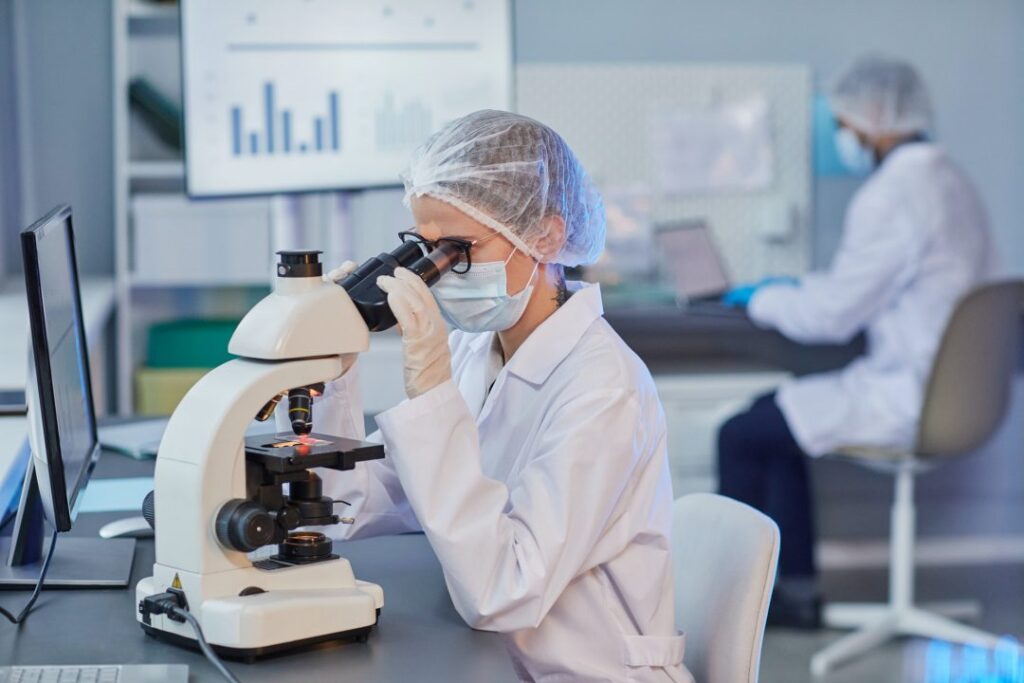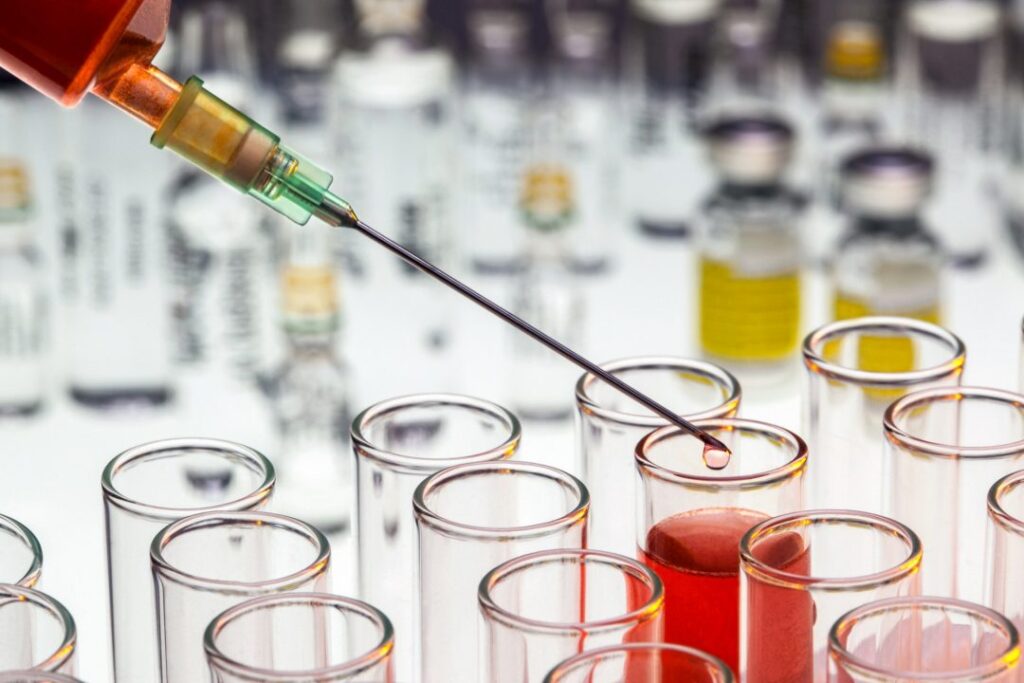Acute Wounds
Acute Wounds
- From Surgeries
- From Lacerations
- From Punctures
- From Crush Injuries
- From Abrasions
- From Avulsions
Acute Wounds Becoming Chronic
Acute wounds become chronic when they fail to progress through the normal, orderly, and timely sequence of repair. This leads to stalled or delayed healing, resisting conventional treatments for weeks, months, or even years.
Factors that can contribute to an acute wound becoming chronic include:
- Infection: Persistent bacterial presence can disrupt the healing cascade.
- Poor Circulation: Inadequate blood supply deprives the wound of essential oxygen and nutrients.
- Underlying Medical Conditions: Diseases such as diabetes, peripheral artery disease, or compromised immune systems can impair healing.
- Repeated Trauma or Pressure: Continued stress on the wound area prevents proper closure.
- Poor Nutrition: Deficiencies in protein, vitamins, and minerals can hinder tissue regeneration.
- Increased Proteases and Reactive Oxygen Species (ROS): Chronic wounds exhibit elevated levels of proteases (like MMP-2 and MMP-9), which degrade the extracellular matrix and inactivate growth factors. They also have a persistent overproduction of ROS, which are detrimental to the healing process.
When these factors persist and the wound fails to heal despite standard care, it transitions from an acute to a chronic state, exhibiting the biochemical hallmarks of chronicity.
Background
Acute wounds are injuries to the skin and underlying tissues resulting from traumatic abrasions, burns, lacerations, and superficial skin and soft tissue injuries or intentional surgical incisions.
(Source 1 – Kane 2003) Acute wounds tend to follow a predictable and spontaneous healing process without complications through the four phases of wound healing, which are hemostasis, inflammation, proliferation, and maturation. Unlike chronic wounds, which fail to progress through the normal stages of healing, acute wounds typically close and heal within a expected timeframe, usually weeks to a few months, depending on the severity and location.
Causes of Acute Wounds
Acute wounds can arise from various events:
- Surgical Incisions: These are clean, intentional cuts made by a surgeon to access internal body structures during an operation. They are designed to heal with minimal complications if properly managed.
- Traumatic Injuries: These result from external forces and can include:
- Lacerations: Deep cuts or tears in the skin, often with irregular edges, caused by sharp objects.
- Abrasions: Scrapes or rubs on the skin’s surface, typically superficial, caused by friction against a rough surface.
- Punctures: Small, deep holes made by a pointed object, such as a nail or needle.
- Avulsions: Injuries where a portion of the skin and sometimes underlying tissue is torn away from the body.
- Crush Injuries: Caused by prolonged pressure or impact that damages tissues, often leading to significant internal damage.
Characteristics of Acute Wounds
Acute wounds exhibit several common characteristics:
- Predictable Healing: They generally progress through the standard phases of wound healing: inflammation, proliferation, and remodeling.
- Clean Edges (Surgical): Surgical incisions typically have clean, well-approximated edges, facilitating primary closure.
- Varying Appearance (Traumatic): Traumatic wounds can have diverse appearances depending on the mechanism of injury, from superficial scrapes to deep, jagged tears.
- Pain: Most acute wounds are painful, especially immediately after the injury, as nerve endings are exposed or damaged.
- Bleeding: Bleeding is common at the time of injury, ranging from minor oozing to significant hemorrhage depending on the depth and nature of the wound.
- Signs of Inflammation: Initial stages show redness, swelling, heat, and pain around the wound site, which are normal parts of the healing process.
Effective management of acute wounds involves cleaning, proper dressing, and, in some cases, closure (sutures, staples) to prevent infection and promote optimal healing.
Our Research
Regenerex is continuously evaluating new technologies to improve clinical and financial outcomes of products and programs.


Quick Links
Need help?
If you have questions regarding acute wounds and how Regenerex technology can help the healing process, please contact us.

